“Michelin-starred” has become a phrase associated with the best of the best in the culinary field; but how did these merits come to be and what does it really mean when a chef has them?
Any chef and establishment lauded with a Michelin star often piques the interest of the public. The merit has become a part of our common lexicon, so much so that to many people, it’s practically synonymous with culinary excellence and fine cuisine. But how did it get to this, and what exactly makes the awarding system so prestigious?
READ ALSO: Delectable Retreats: 6 Michelin-Starred Hotels Around The World
Believe it or not, Michelin stars actually have quite the humble origin. In fact, the whole system wasn’t started by a culinary institution, but rather, a tire company.
Read on to dive into the unusual history of this culinary merit, as well as the criteria that determines which chefs and restaurants are qualified to receive it.
The Unlikely Origins of the Michelin Guide
If you own a car, you’re likely familiar with the famous French tire company, Michelin. If not, you may recognize its distinctive mascot, the Michelin Man—a white humanoid figure with a puffy body. As the name hints, the Michelin Guide—which awards the coveted culinary stars—was created by the very same tire company.

Brothers André and Édouard Michelin started the company, and wanted to come up with a booklet that would recommend places for drivers to visit, get fuel, and of course, dine. In other words, the brothers wanted a travel guide of sorts that would not only encourage people to purchase cars and drive (and in turn, buy more tires from Michelin), but also lead them to unforgettable experiences.
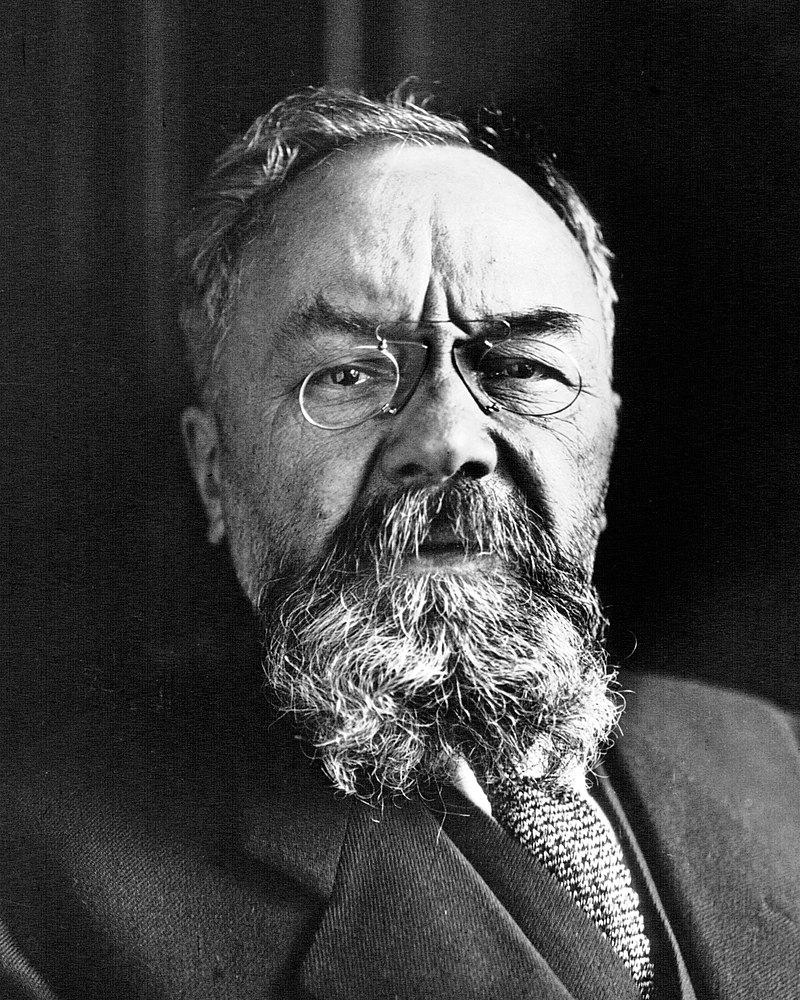
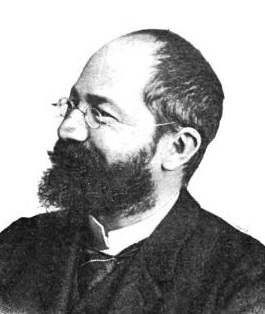
Thus, the Michelin Guide was born: it was a small booklet in a recognizable red color that listed down a variety of dining recommendations. For twenty years, the brothers gave away the booklets at no cost—though this changed in 1920, as they realized people often undervalued them due to this. Later on, the guide would be sold for seven francs and it began to include separate lists for hotels and restaurant recommendations.
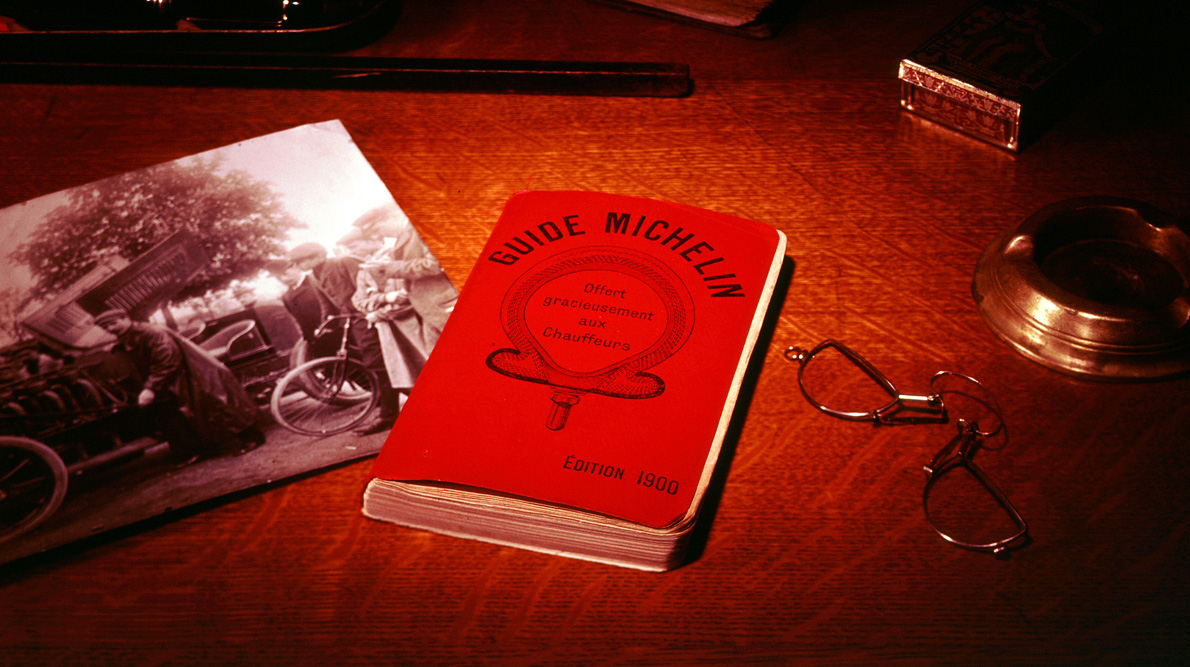
The Beginning of Something Legendary
The little red guide started gaining popularity, especially in regard to its restaurant section. As such, the Michelin brothers decided to hire a team of “mystery diners” (now known as restaurant inspectors, or in this case, “Michelin Inspectors”), to anonymously visit and review restaurants.
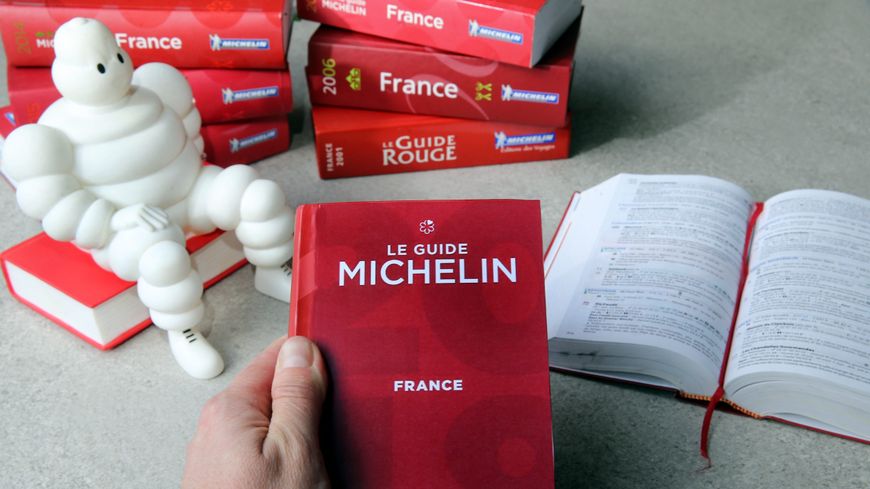
By 1926, the guide began awarding fine dining establishments with a single star. However, Michelin added more rankings half a decade later to include two and three-star awards. The criteria for these rankings was published in 1936 and the rest, as they say, is history.
Today, the guide rates more than 40,000 establishments across 24 territories and has sold 30 million copies globally.
What It Takes to Be a Culinary Star
So what does a restaurant and chef need to keep in mind when it comes to earning a Michelin star (or more)? Well first, the factors of each ranking must be defined. According to the Michelin Guide, one star refers to restaurants with high-quality cooking. Two stars means that a restaurant has excellent cooking that’s “worth a detour,” and the coveted three stars means that an establishment has exceptional cuisine that’s “worth a special journey.”
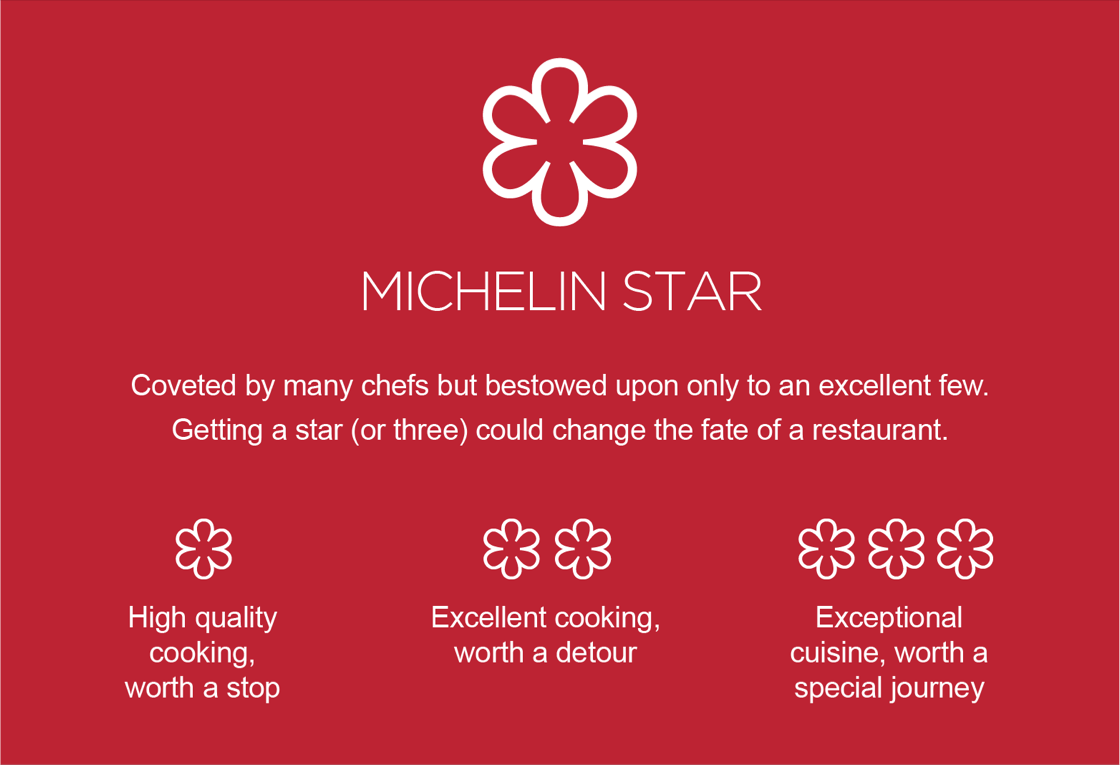
Now, as for the criteria behind the Michelin Inspectors’ decisions, they can be boiled down to five important factors according to acclaimed food and beverage professionals in a Michelin Guide Singapore Trade Seminar:
Use of Quality Products
First is, of course, the use of quality products. This refers to ingredients that are the best of the best, such as fresh and sustainably sourced ones.
Mastery of Flavor and Cooking Techniques
Next, a restaurant’s food must showcase a chef’s mastery of flavor and cooking techniques. For example, this may refer to balanced flavors or textures in every dish.
Personality of a Chef in Their Cuisine
The third criteria would be how the personality of a chef can be seen in their cuisine. Take Michelin-starred chef Alvin Leung, who proudly wears the “demon chef” moniker and showcases his colorful personality through his “X-treme Chinese cuisine.”
Value for Money
The fourth criteria is a restaurant’s value for money. This doesn’t necessarily refer to literal monetary price, but rather, experiences. Yeo See Kiat, a member of the Chaine des Rotisseurs, defines this as a customer “coming out of a restaurant with a memorable experience.” In other words, value is the “wow” factor a guest gets for what they pay.
Consistency
Last, but certainly one of the most important factors to the success of any dining establishment, is consistency. Of course, all restaurants have their bad days, but a steadfast commitment to quality is a must for a Michelin star. This is why Michelin Inspectors often visit the same restaurant multiple times, sometimes with different inspectors in rotation, before deciding to give it stars.
Chefs with the Most
Even among the esteemed world of Michelin chefs, a few have stood out for earning an impressive number of stars during their careers. The top three chefs with the most stars also happen to be some of the most famous in the world. These are Joël Robuchon, Alain Ducasse, and yes, Gordon Ramsay (the star behind the famous Hell’s Kitchen).
Joël Robuchon
Joël Robuchon ranks top one with a whopping 31 Michelin stars. The French chef is among the best in the modern age. Though he passed away with 28 stars, his strong legacy remains. Robouchon managed multiple restaurants across various continents and specialized in French cuisine. He’s also the teacher of many young chefs, and once taught another Michelin-star legend, Gordon Ramsay.
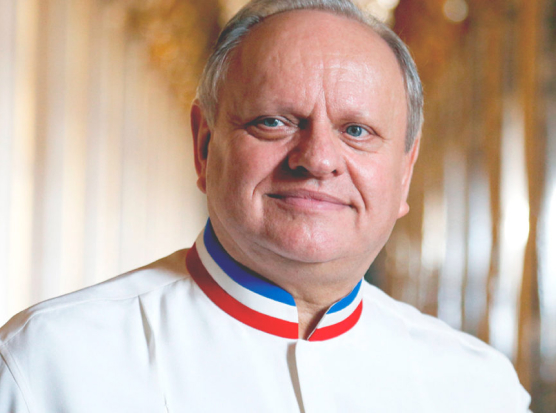
Alain Ducasse
Alain Ducasse is another famous name in the culinary world. The French chef grew up on a countryside farm before working in kitchens all across his homeland. By his mid-20s, he had earned two Michelin stars from his work in La Terrasse at the Hotel Juana.

He continues collecting stars with his restaurants, gathering a total of 21 throughout his career. His namesake dining establishment at The Dorchester currently holds three stars. At present, he holds 17 stars—taking the top spot as the chef with the most stars alive today. Much like Roubuchon, Ducasse has also been a mentor to many culinary talents over the years.
Gordon Ramsay
Though most people know Gordon Ramsay as the man behind Hell’s Kitchen and countless other cooking shows, he’s more than a personality. The chef’s talent shines in his respective culinary establishments, as he’s earned a total of 16 Michelin stars during his career. In 2001, his eponymous restaurant in London received three stars. At present, he holds seven stars and continues to participate in cooking shows like MasterChef.
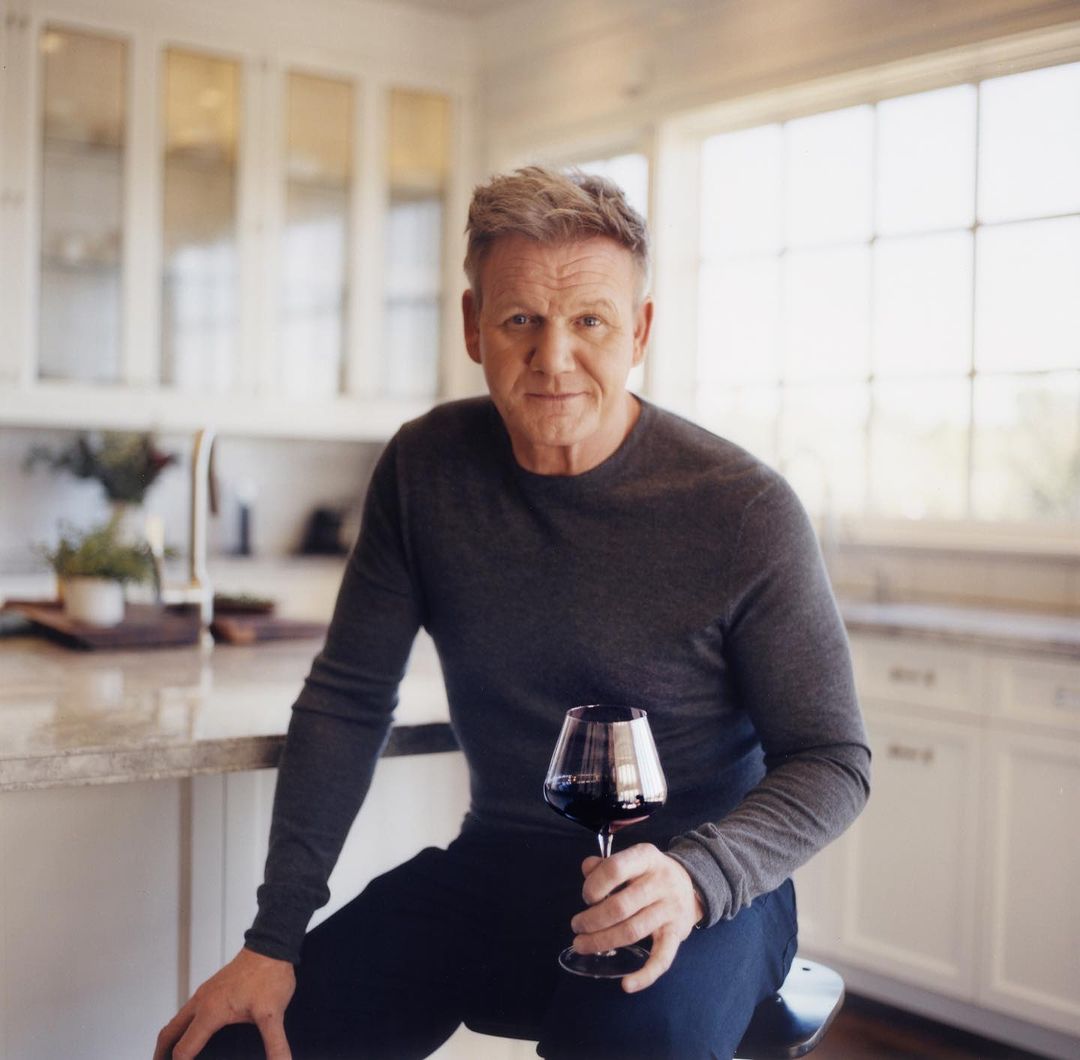
Banner photo from the Michelin Guide website.





